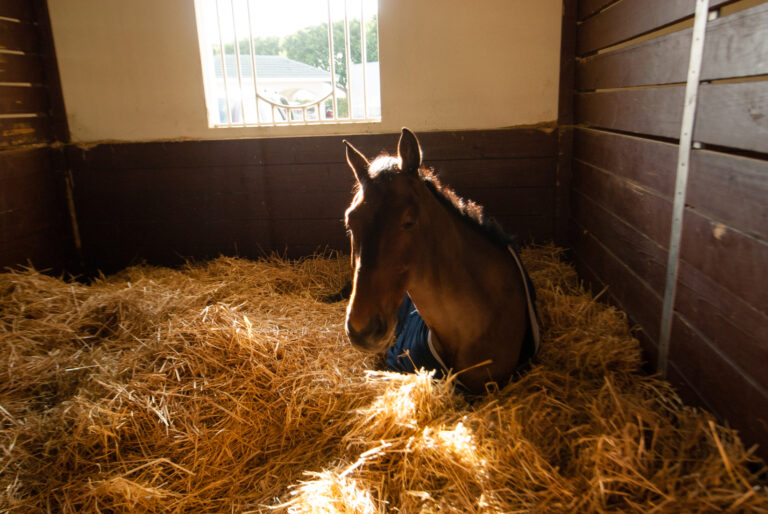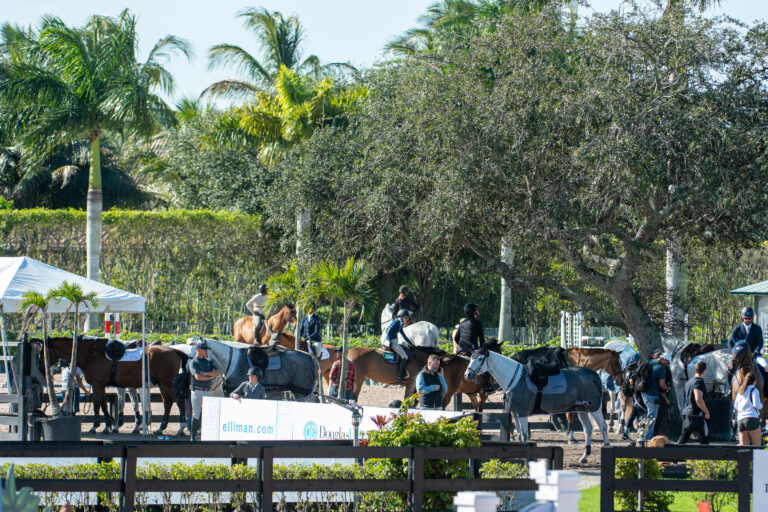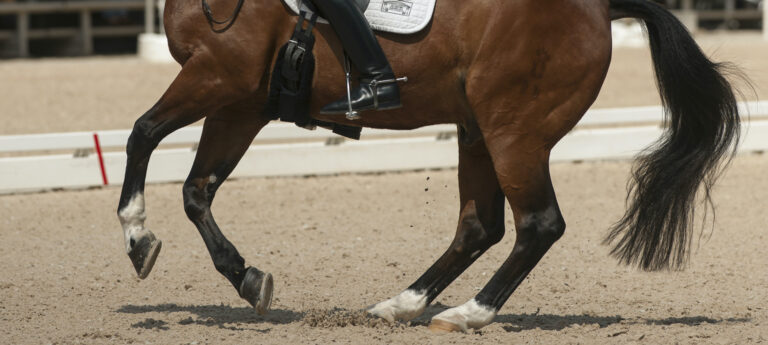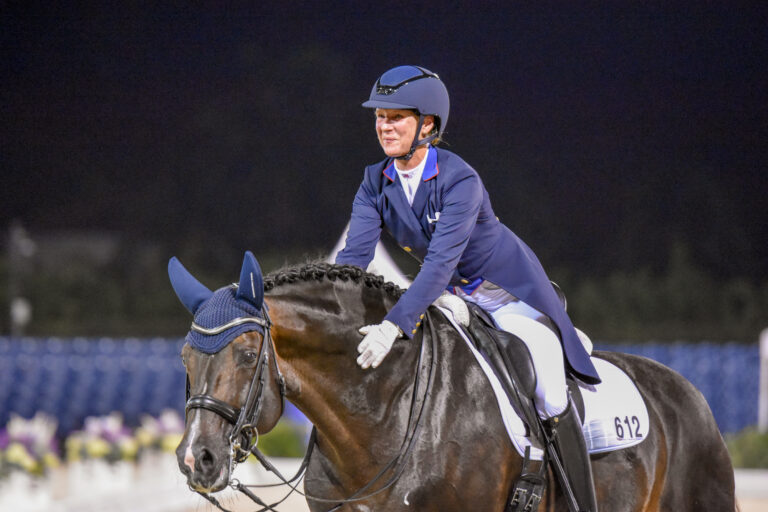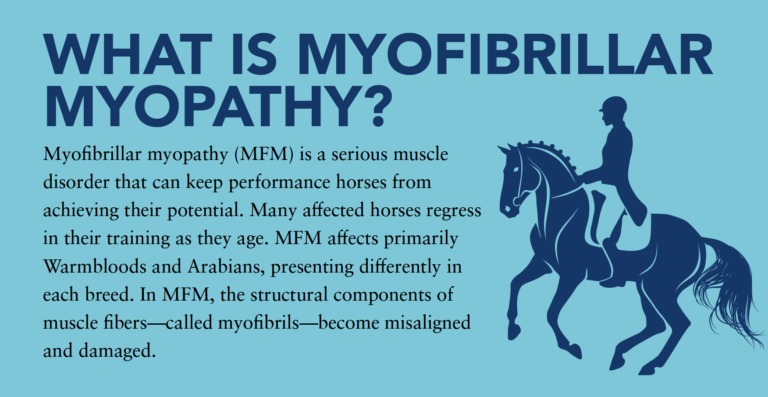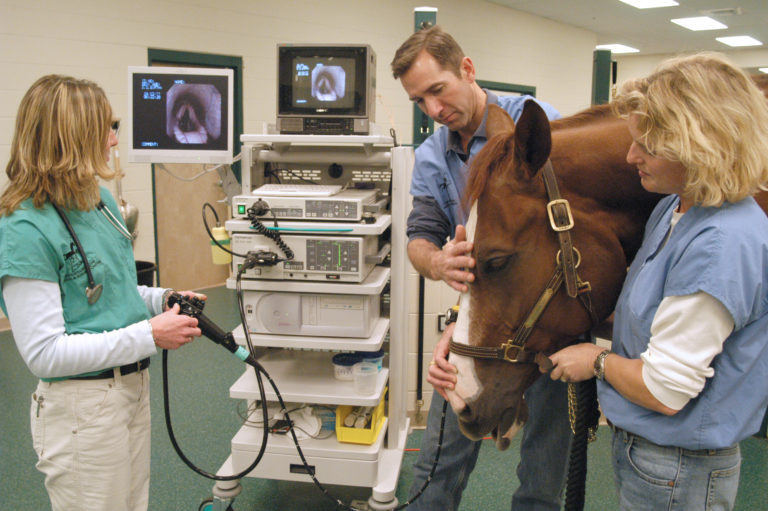Owning a dream-come-true horse is on the bucket list of many equestrians. Thanks to my horse adventures in Spain, a Pura Raza Espanola (PRE), sired by Fuego de Cardenas and trained by dressage Olympic medalist Rafael Soto and his protégé Vivi Garcia, is my dream horse to be. I recently pondered how I would get my prized beauty from Spain to Los Angeles. As a first-time importer, I found that the thought of it became more daunting than dreamy. So I decided to delve into the particulars for a better understanding of the process. Since Vivi and her family at Epona Equestrian Center in Seville regularly train and export horses, Epona was the natural starting point for me.
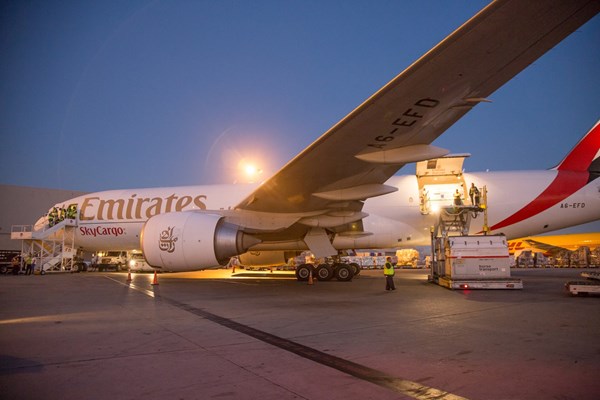
According to Vivi, when training is completed and a horse is ready to be exported, the transportation companies handle all of the logistics. Epona purchases the necessary travel equipment (halter, travel boots, etc.) on behalf of the owner and ensures that all of the required documents (passport and bill of sale) are in order before the horse is released to the transporter. Insurance is the responsibility of the owner. From Epona, the horse then travels by trailer for six to seven hours to Las Cadenas quarantine center in Madrid. Stallions and mares over 2 years old spend one month there. Horses under 2 years of age do not require pre-shipping quarantine.
Direct cargo flights that transport horses from Madrid to Los Angeles are rare, so horses departing from Spain are typically transferred from Las Cadenas in Madrid to another major international airport, such as Amsterdam, Paris or Frankfurt, for the transatlantic leg of their journey. In addition to Los Angeles, there are three other import points of entry in the U.S.—Chicago, New York and Miami. The cost to export to the U.S. varies.
“Exporting geldings costs less than mares and stallions. And mares and stallions over 2 years old are the most costly to export because U.S. quarantine is more expensive than in Spain. The airport where they land, plus ground transportation in the U.S., also affects the price. The total cost can range from approximately $7,000 to $10,000. Also, the more horses that travel together, the more cost effective it often is for the owners,” said Vivi.
Air Travel from Europe
Hiring a reputable full-service equine transportation company that handles everything from stable to stable is key to ensuring a good importing experience for the horse and the owner. According to FilipVande Cappelle of Amsterdam-based European Horse Services (EHS), “As soon as a seller and a buyer have agreed on the sale of a horse, they contact us and we organize the full shipment, including all of the administrative details, testing, quarantine, road and air transport, customs and veterinary issues in the exporting country, the transit countries [if any] and the country of final destination. Although we are dependent on the routes offered by the airlines, we always try to avoid unnecessary travel. Importing a single horse to Los Angeles from Spain would cost roughly $9,000. That would include all pre-export tests and paperwork, trucking to the airport of departure, groom fees to travel with your horse, air freight to Los Angeles, import clearance and handling plus three days import quarantine. Extended quarantine for mares and stallions, customs fees and trucking to the final destination are not included.”
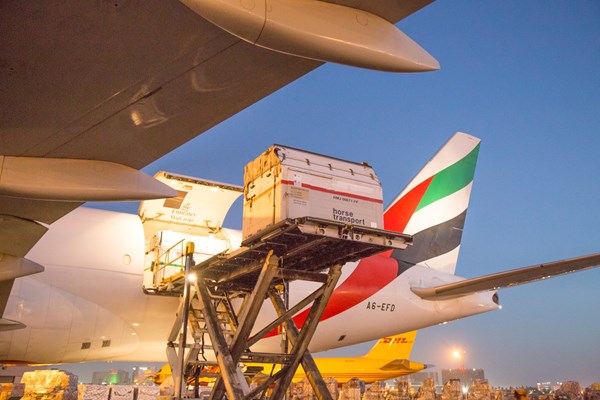
I know firsthand how physically grueling an 11-hour, nonstop flight from Europe to Los Angeles can be, so I asked Filip for specifics about what the horses experience during the flights. “Other than loading, taking off, landing and unloading [many of the same steps during road transport], the flight is very comfortable for the horses. In the air, there are no roundabouts, traffic lights or traffic jams, which result in sudden and unexpected movements on the road. The horses are accompanied by an attendant (flying groom) who makes sure that each horse is doing well and is comfortable. The number of attendants on board will depend on the total number of horses being shipped. Between one and 99 horses is possible, depending upon the type of shipment and the size of the aircraft. Usually we have one person per two or three horses, and two or three horses travel in air stalls classified as economy or business class. They are usually tied and standing the entire time and are given plenty of hay and water throughout the journey. Because of the monotonous sound during the flight, most of them sleep. A lot of people want their horses tranquilized for their own peace of mind, which usually is not necessary. An experienced horseperson traveling with the animals is the most important aspect of the flights.”
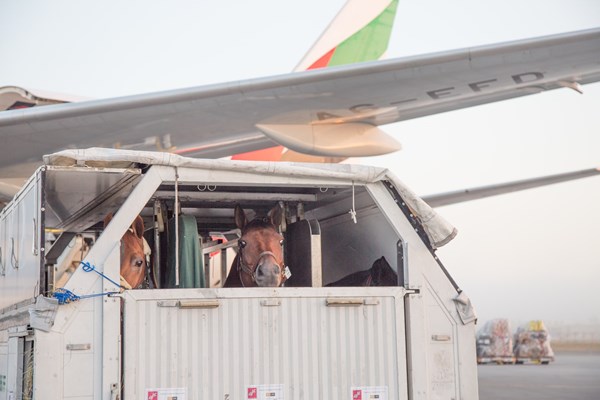
Upon arrival at Los Angeles International Airport (LAX), horses must clear international customs. According to Filip, with today’s technology it usually goes quickly. Customs officials require copies of the shipping documents that include the country of origin, a health certificate, passport and purchase invoice for each horse. Based on the value of the horse, a merchandise-processing fee (MPF) is usually charged (approximately .35 percent). If additional items, such as riding equipment, are imported, the customs procedure likely will take longer. All horses that land at LAX are transferred to Jet Pets in nearby Playa del Rey for three-day import quarantine, which is required by the U.S. Department of Agriculture (USDA). During this time, horses undergo blood-testing for four diseases (dourine, glanders, infectious anemia and piroplasmosis) and general health exams. They are confined to a box stall and can only be seen by veterinarians, USDA officials and attending staff.
Upon receiving negative blood-test results, geldings, colts and fillies under 2 are released. However, additional quarantine for Contagious Equine Metritis (CEM) is mandatory for mares and stallions over 2 years of age (15 days minimum for mares and 33 days for stallions). Horses who have positive test results cannot enter the U.S. and must be returned to the country of export.
Extended Quarantine and CEM
Since I intend to import a gelding, the journey for my horse would, fortunately, end close to home in Los Angeles. But for those stallions and mares that require additional quarantine, their journey is far from over upon landing at LAX. After their three-day stay in Los Angeles, they must take another eight-hour road trip north to the University of California Davis (UC Davis) for extended quarantine and CEM testing. The UC Davis Center for Equine Health (CEH) operates the only CEM quarantine facility in California and shares the regulatory oversight of the facility with the California Department of Food and Agriculture (CDFA).
For a medical perspective on CEM quarantine, I contacted Dr. Claudia Sonder, director of the Center for Equine Health. “Contagious Equine Metritis is a highly contagious venereal disease in animals, which is still considered a foreign disease in this country. CEM was first recognized in the United States in 1978 on several breeding farms in Kentucky. It is estimated that the 1978 outbreak cost the United States horse industry $60 million. There have been isolated outbreaks since that time with significant impact to breeding industries across the country. The United States Department of Food and Agriculture (USDA) oversees the quarantine process to ensure that horses arriving in this country do not introduce diseases that could significantly impact the American horse industry. The USDA requires that mares and stallions over 731 days of age, arriving from countries affected by CEM complete the post-arrival CEM quarantine after release from import quarantine that takes place at the point of entry.
“Whether traveling by wings or wheels, approximately 6 percent of horses suffer some kind of transport-related illness once their travel time exceeds 12 hours. Our staff is trained to recognize these issues and communicate any concerns with the owner. The UC Davis School of Veterinary Medicine is located just two miles away should a horse require an examination or more comprehensive care.”
Though the word “quarantine” has a psychological sting to it, I was pleasantly surprised when I visited the CEH at UC Davis for a personal tour of the expansive and impeccably clean quarantine facility. During a horse’s stay for the required series of CEM tests, the staff takes great care to keep the horse comfortable and healthy. The box stalls are 12 feet by 20 feet and are heated in the winter. Each horse is also free to access an attached outdoor run that is 16 feet by 60 feet and is separated from other horses. There is also an Equinesizer—an automated round exerciser with horses free in individual compartments—pastures for individual turnouts, a round pen and a large outdoor arena. Owner and/or trainer riding time can be scheduled, the horses are groomed daily and technicians provide regular phone and photograph updates.
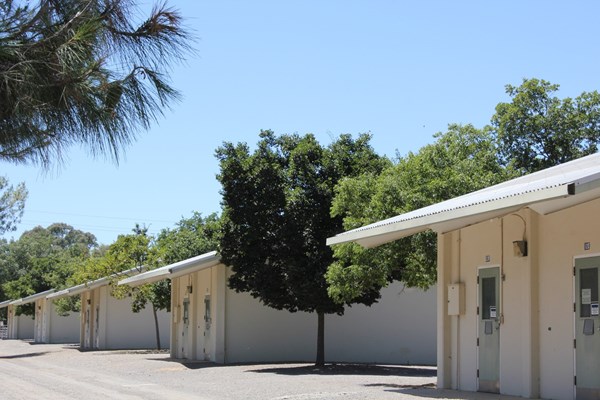
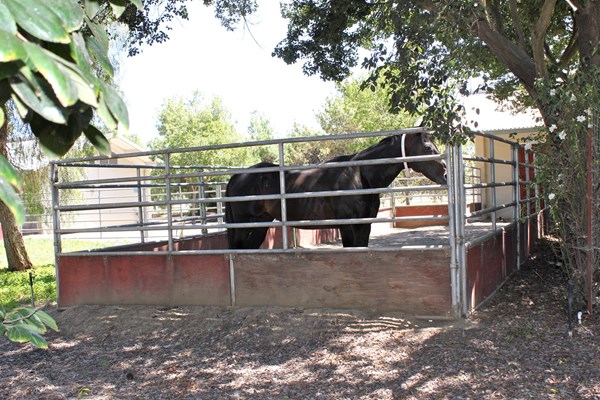
“Many world champions and Olympians have traveled through our CEM quarantine. It is always great to see them be successful in good homes and to follow their careers. I like to say, ‘I knew them when they were just arriving on their new adventure and our team helped them adapt to their new surroundings.’ We are fortunate to spend that time with the horses and to get to know them,” said Dr. Sonder.
Kindred Spirit
The final step in my fact-finding was to talk with another PRE-loving equestrian who has imported a horse from Spain to the U.S. Vivi referred me to Joanne Pandis, a dressage rider in Chicago. In 2012, Joanne purchased a 4-year-old PRE named Galeon whom I had admired and watched Vivi ride when I was at Epona that year. He stayed in training with Vivi until he was sent to Joanne in 2013. He was gelded before he left Spain. Galeon traveled via Germany, New York and Kentucky. In hindsight, Joanne would have patiently waited several months for a direct plane to Chicago to be filled to forego the extra legs of the trip.
“When he came off the truck he looked tired and had some weight loss. The first thing we did was put him in a stall and then in a round pen. He was so happy that he could move, run and stretch his legs. It took several days for him to recover from the stress of traveling, but he settled in very nicely,” said Joanne. When I asked if she would import a horse again, she responded, “Before I imported Galeon I thought, Oh my gosh, I could never do that! But in reality, it is not that difficult. You are naturally going to stress about it, but the shipping companies are great at communicating and they really do take care of everything from start to finish.”
As with all travel, there are certainly inherent risks to consider when making the decision to import a horse. But as noted in a UC Davis special report on transporting them, they have crossed oceans and continents for hundreds of years and have traveled by planes since the 1920s. Our transportation world has come a long way since then. And with the collective experience and guidance of Rafael, the Garcia family, Filip at EHS and the UC Davis CEH team, the odds are stacked in my favor for a safe journey for my someday Fuego de Cardenas baby.
SaveSaveSave


